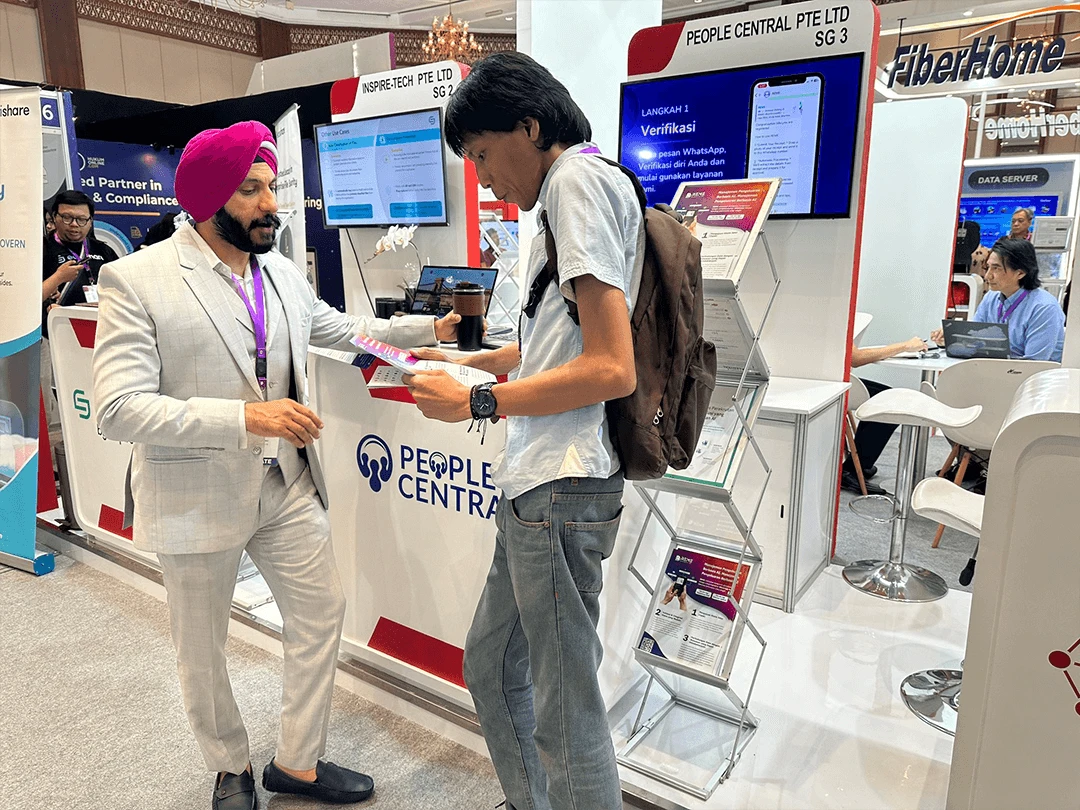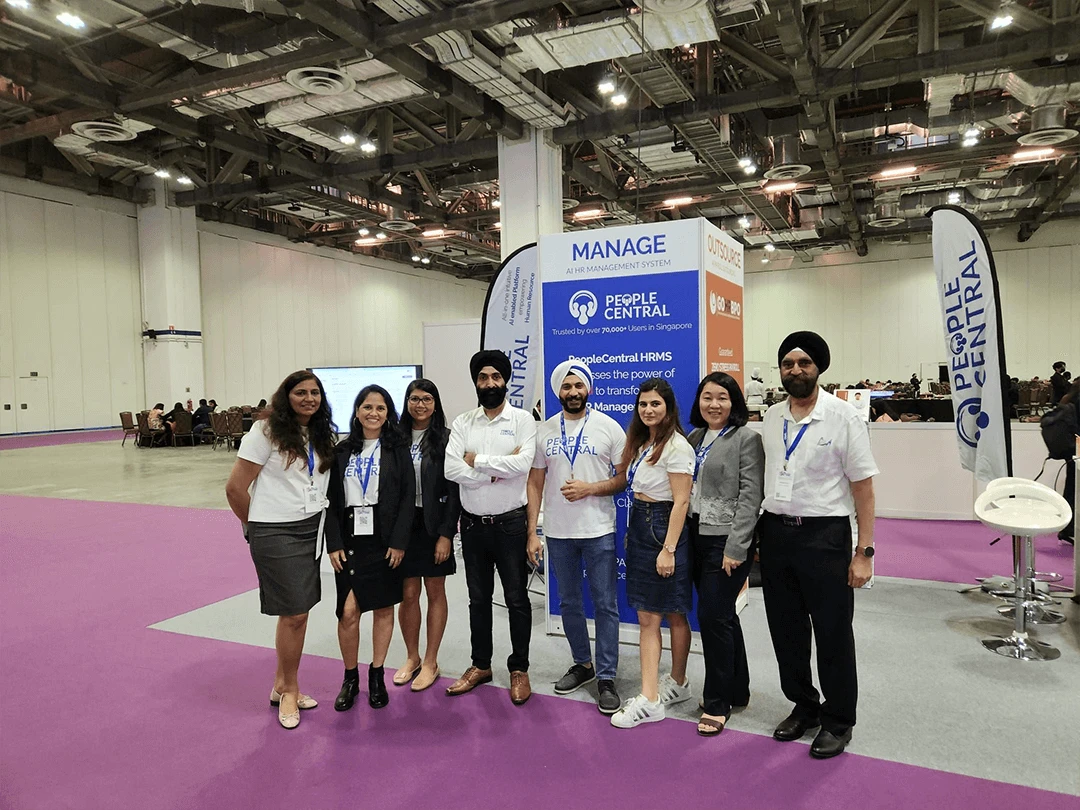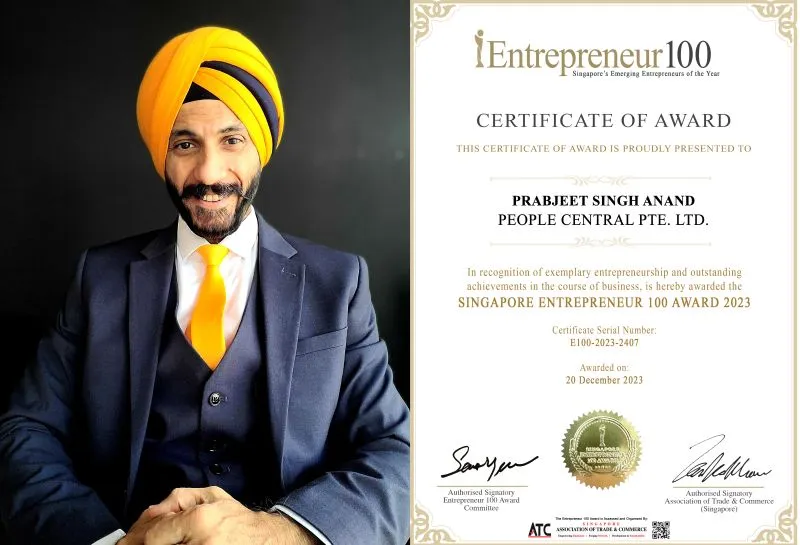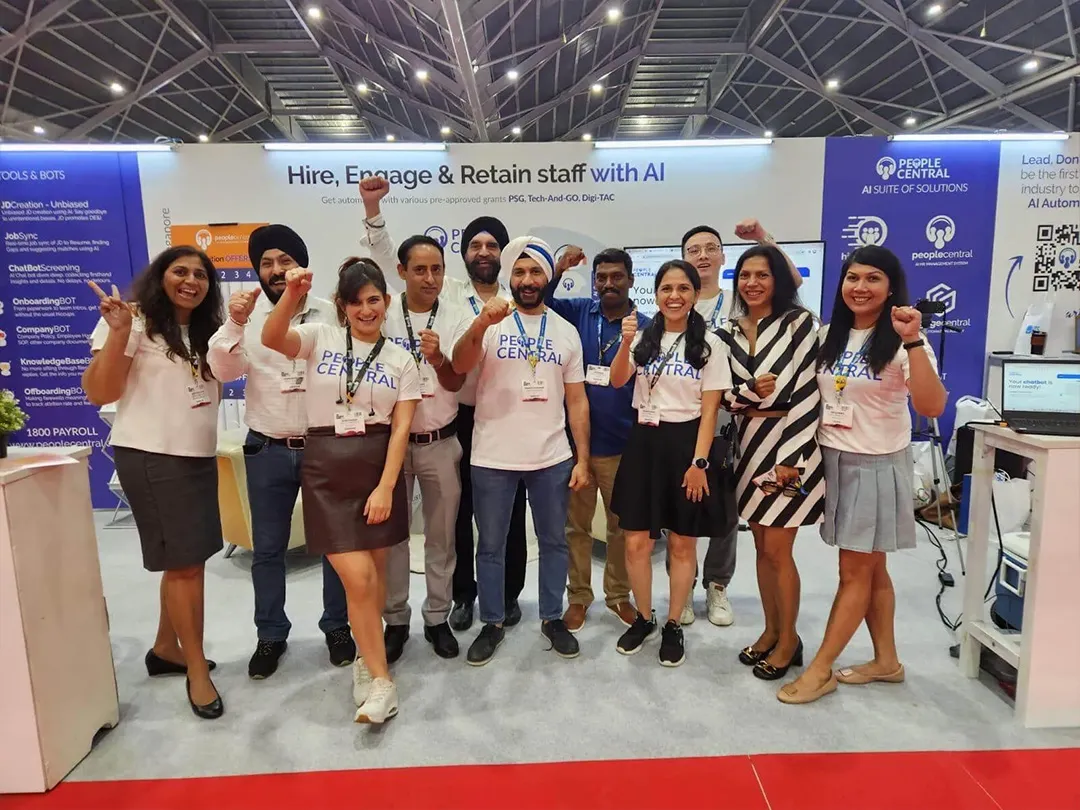In today’s fast-paced corporate landscape, understanding the distinctions between Workforce Planning and Talent Acquisition is pivotal for organizational success. Let’s dive right into the key takeaways.
In the rapidly evolving world of modern business, effectively managing human resources is central to an organization’s prosperity. Two critical strategies that contribute significantly to this endeavor are Workforce Planning and Talent Acquisition. Although these terms are sometimes used interchangeably, they serve distinct purposes, each playing a unique role in the growth and sustainability of a company. In this comprehensive article, we will delve into the key distinctions between these two critical functions, emphasizing their individual significance and how they can be optimally leveraged to align with business goals and strategic objectives.
Workforce Planning: A Strategic Vision
Workforce Planning, also known as Human Resource Planning, is a proactive and strategic process designed to align an organization’s human capital with its goals and objectives. It goes beyond merely filling vacant positions and delves into the deeper dimensions of workforce management. Here’s what sets it apart:
1. Proactive Approach
Workforce Planning is all about anticipating future needs, aligning with future goals. It involves analyzing the company’s long-term goals and identifying the skills and competencies required in your future workforce. This proactive approach ensures that the organization is prepared for any changes or challenges that may arise.
2. Resource Optimization
One of the key distinctions of Workforce Planning is its focus on optimizing the current workforce. Rather than rushing to hire new talent, this strategy seeks to make the most of the talent already within the organization. This could involve training and upskilling current employees to meet future demands and fulfill critical roles.
3. Cost Efficiency
By concentrating on the internal workforce, Workforce Planning can be cost-effective, contributing to a strong and productive workforce. The organization can avoid unnecessary recruitment expenses and reduce employee turnover rates, as employees are more likely to stay when they see opportunities for growth and development.
4. Strategic Skill Development
Effective Workforce Planning isn’t just about filling current skill set gaps; it’s also about cultivating skills for the future. It identifies skill shortages or skill gaps that could hinder the organization’s growth and proactively addresses them through training, mentoring, and development programs. This is where a robust talent management strategy plays a vital role.
Talent Acquisition: The Search for Excellence
Talent Acquisition, on the other hand, is the process of identifying, attracting, and acquiring skilled individuals to fill immediate or short-term needs within an organization. It is a tactical approach to acquiring the right talent swiftly:
1. Reactive Approach
Talent Acquisition is reactive in nature, designed to fulfill immediate staffing needs and meet short-term business growth objectives. It primarily addresses current staffing needs, focusing on the immediate vacancies that arise due to factors such as expansion, attrition, or new projects.
2. External Talent Pool
Unlike Workforce Planning, Talent Acquisition looks outward for future talent, emphasizing the need for swift responses to talent shortages. It seeks candidates externally, often relying on talent recruitment agencies, job portals, and social networking talent strategies to identify the best fit for the required roles.
3. Quick Fulfillment
The primary goal of Talent Acquisition is to fill positions quickly with qualified candidates, thus contributing to a productive workforce. This strategy is particularly beneficial when an organization is experiencing rapid growth and needs to expand its workforce promptly to meet immediate business objectives.
4. Diversity and Inclusion
Talent Acquisition places a strong emphasis on workforce demographics, aiming to attract candidates from various backgrounds and experiences. This emphasis on diversity ensures a rich tapestry of perspectives within the organization, which is crucial for making data-driven decisions to meet strategic goals.
Combining the Strengths for Optimal Results
To maximize organizational success, it’s crucial to understand that Workforce Planning and Talent Acquisition are not mutually exclusive but complementary strategies. They can work hand in hand to meet different aspects of an organization’s HR needs:
- Strategic Alignment: Workforce Planning sets the stage for Talent Acquisition by defining the skills and competencies required for future growth and aligning with business strategy. Talent Acquisition, in turn, executes this vision by finding and bringing in the right individuals to meet these requirements.
- Flexibility and Adaptability: While Workforce Planning provides stability and long-term strategy, Talent Acquisition offers the flexibility to adapt to unforeseen changes and quickly respond to recruitment trends. This adaptability is essential in today’s fast-paced business environment.
- Continuous Improvement: Combining both strategies ensures a constant cycle of improvement. Workforce Planning allows organizations to identify skill gaps and areas for development, while Talent Acquisition bridges these gaps through strategic recruitment, thereby ensuring workforce planning challenges are addressed effectively.
- Succession Planning: Workforce Planning also includes succession planning, ensuring that there is a pipeline of talent within the organization to fill key leadership roles when the need arises. Talent acquisition strategy can feed into this pipeline with external talent as well, enhancing employee turnover and ensuring a smooth process for future hiring.
Let’s Conclude!
In conclusion, Workforce Planning and Talent Acquisition are two distinct approaches to managing human resources in an organization. Workforce Planning takes a strategic, proactive stance, focusing on optimizing internal resources, cultivating skills, and being cost-effective, while talent acquisition functions are a tactical, reactive approach to swiftly acquiring external talent, emphasizing diversity and quick fulfillment. When used in tandem, these strategies create a well-rounded and dynamic HR function that ensures an organization’s readiness for the future.
The alignment of these strategies with business operations, strategic objectives, and industry trends is crucial to achieving future goals. They offer valuable insights for data-driven decision-making that support an organization’s strategic goals and recruitment process. Talent Recruitment and talent management processes benefit greatly from this approach to talent acquisition.
Moreover, as businesses expand and evolve, these strategies can help address workforce gaps and achieve smarter workforce planning that supports business plans and objectives. By ensuring a strong workforce with the right key skills and competencies, businesses can enhance their business performance and reduce employee turnover. With an eye on the future, these strategies also pave the way for successful future hiring, enabling organizations to meet their future hiring needs efficiently.
In the context of industry trends and changing business landscapes, these strategies are invaluable for predictive analytics and can effectively bridge the gap between talent acquisition trends and talent priorities. On the other hand a strong workforce strategy or workforce plans that integrates these strategies into an organization’s business operations is essential for achieving sustained business leaders’ success.

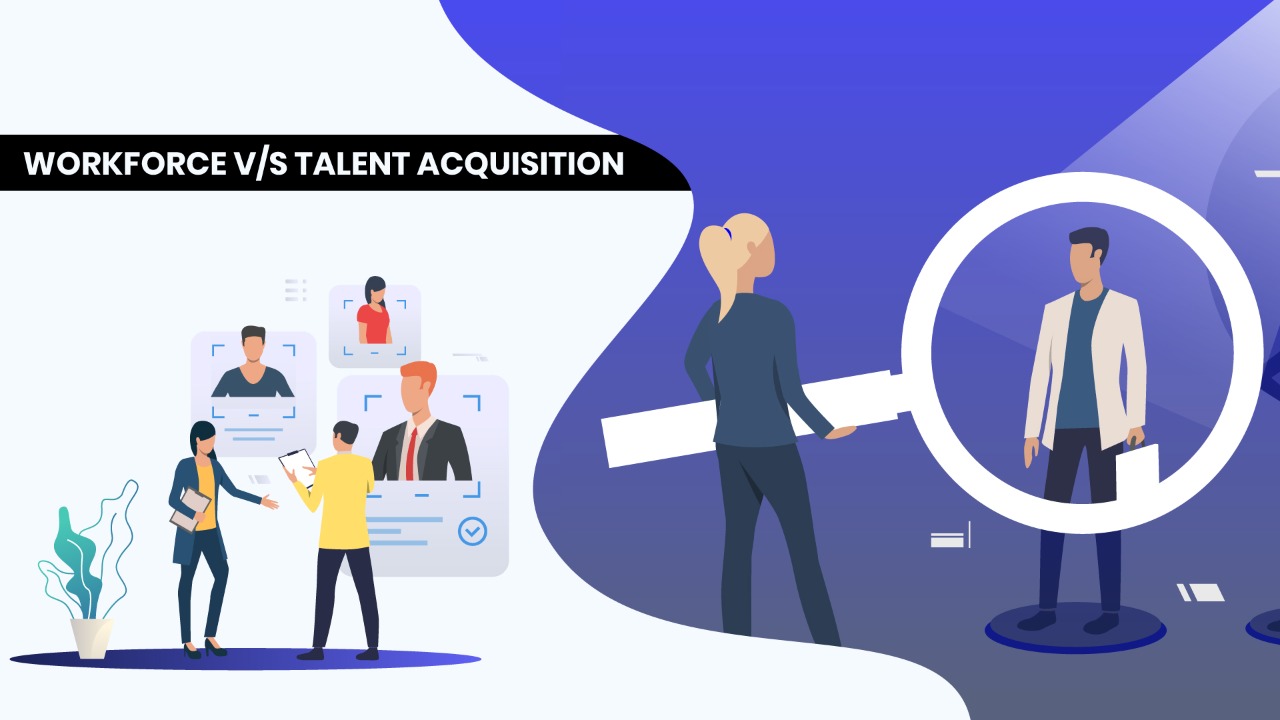
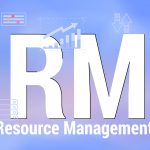


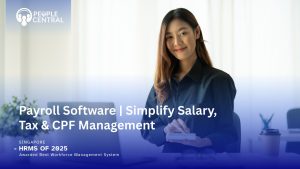
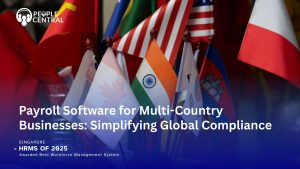

 5
5

















